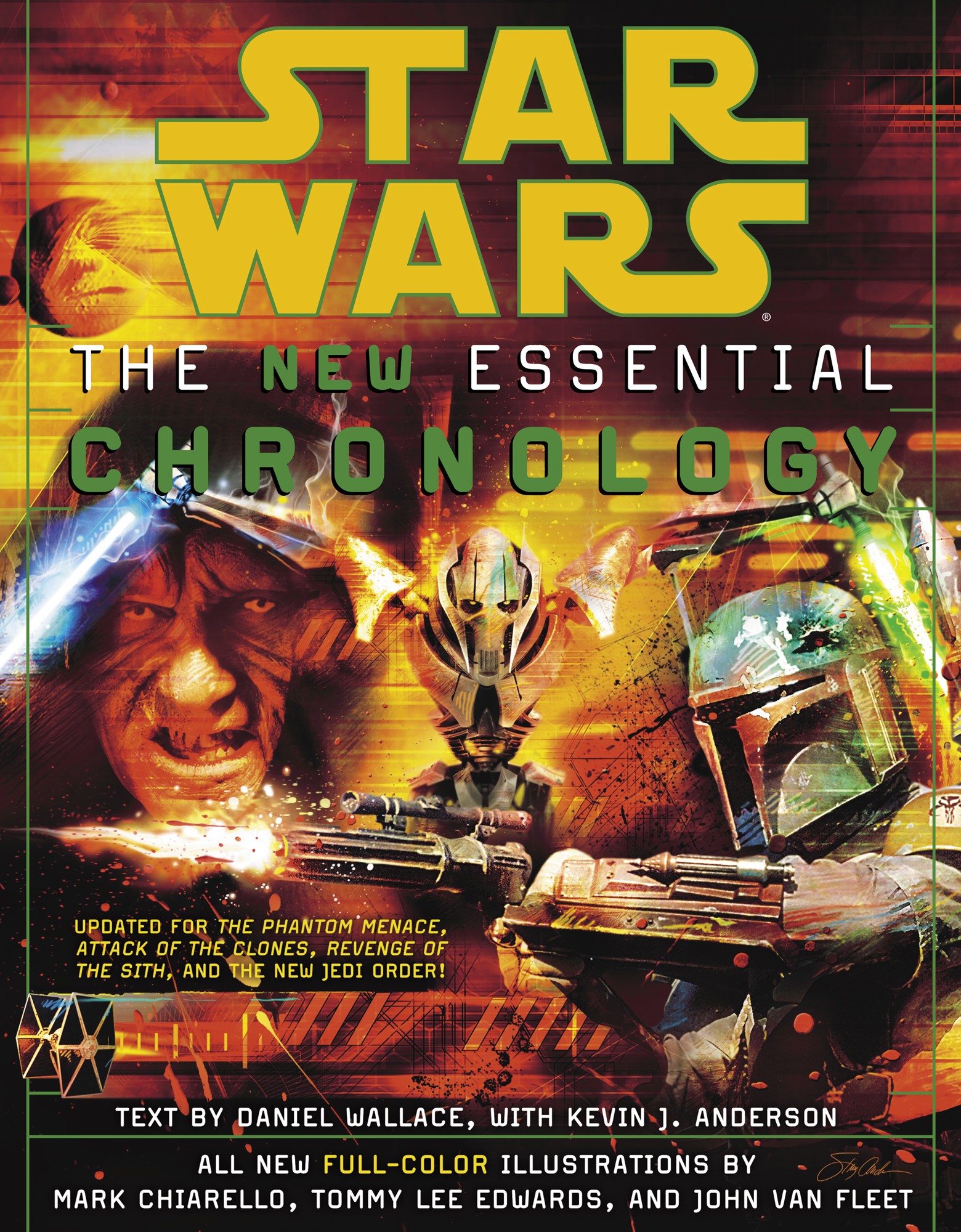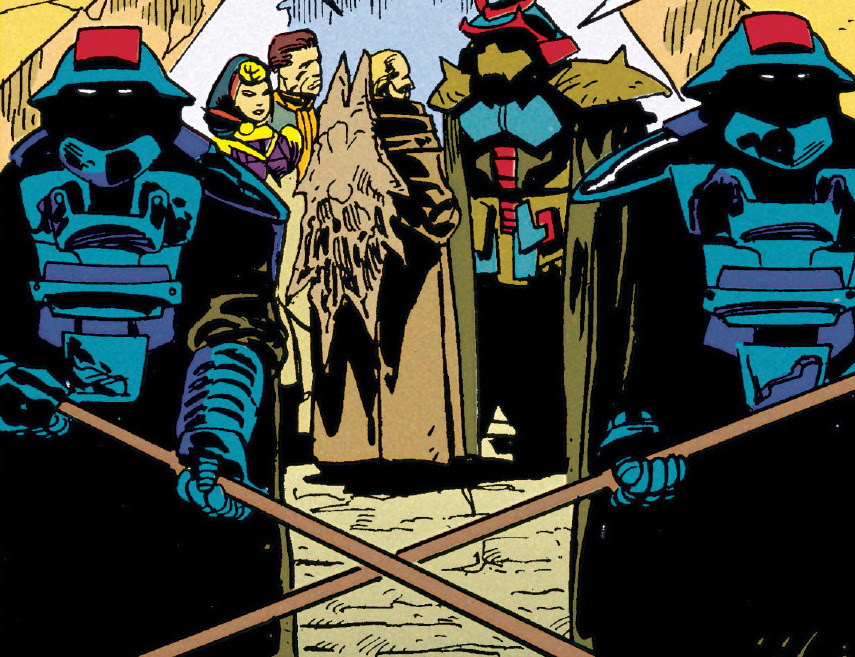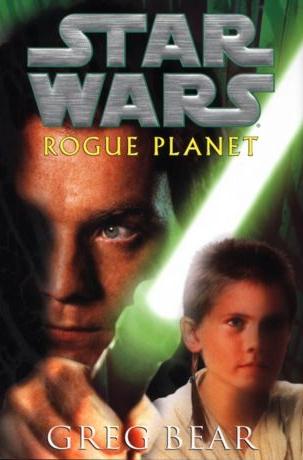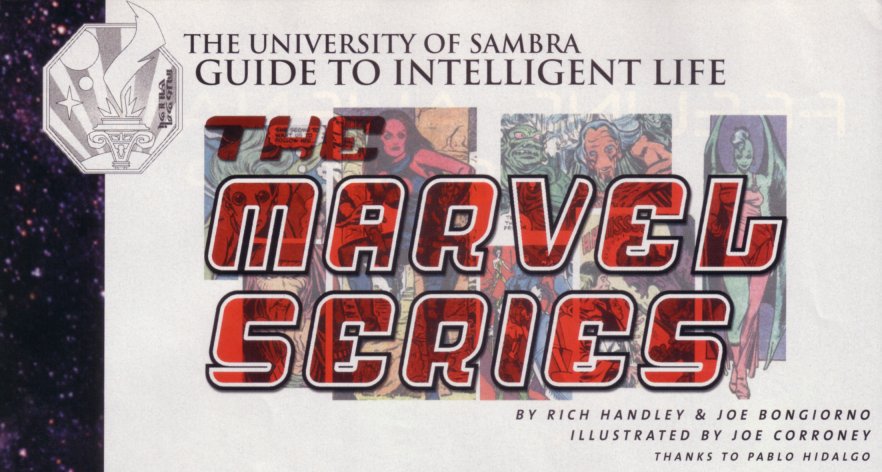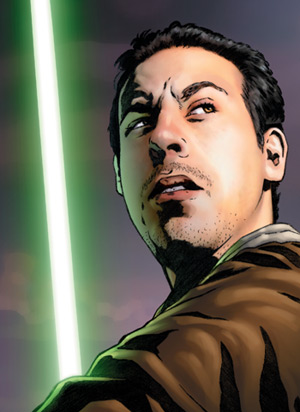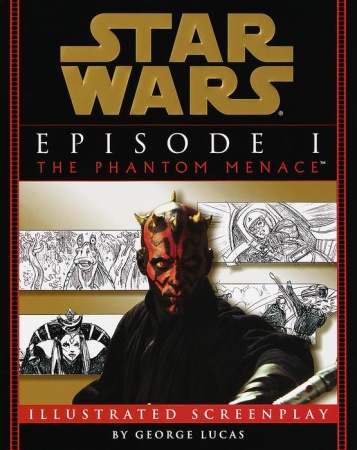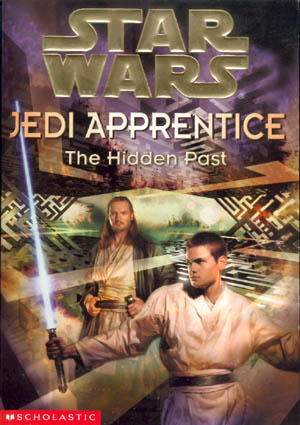Welcome!
First things first. If you haven’t read my novella SkyeWalkers: A Clone Wars Story (and its companion short “Lone Wolf:
A Tale of Obi-Wan and Luke”), your ass needs to do me and yourself a favor and enjoy the hell outta that.
Writing
a Star Wars project is often a fun
and rewarding assignment. But even after you’re done writing and editing it,
and it is finally published, there still often remains for an author the task
of promoting it, especially in modern
publishing. One of the tools I’ve traditionally used for this end is what has become
popularly known among fans as “endnotes.”
I can
identify at least three different styles of footnotes/endnotes common to Star Wars authors. The most familiar of
these are “endnotes” of a style pioneered by Pablo Hidalgo in a StarWars.com
companion piece to Daniel Wallace’s The
New Essential Chronology. This was a species of notes that amounted to a
blow-by-blow account (or bean counting) of every cross-reference to another Star Wars work—movie, novel, comic, video
game, trading card, toy, etc.—mentioned in the newly published project. It was a
labor-intensive yet inexpensive style of self-promotion that I emulated early
in my Star Wars writing career again
and again
and again.
The tone of that class of notes is what I like to think of as “for the fans”: They’re
technical checklists that can really only interest the most hardcore.
A
second distinct, and less common, form of endnotes/footnotes in Star Wars publishing has been a kind of
reflective remarks, similar to a director’s running commentary selectable in
the “Special Features” submenu of a Blu-ray. Examples of this style include the
“annotated”
20th anniversary edition of Timothy Zahn’s Heir to the Empire and the endnotes
for Book of Sith: Secrets From the Dark Side by Daniel Wallace. The
tone of these notes tends to be somewhat “artsy”: a reader-who-is-also-a-writer’s
or creative type’s cup of tea.
There
is a third category of notes that Star
Wars authors deal in which fans are much less familiar with, however. These
are what I’ll call “editorial footnotes.” These are the footnotes that
accompany some Star Wars authors’
manuscripts when those works touch on subjects of particular interest for an
editor at Lucasfilm and/or at one of its licensees. These footnotes may take up
a technical textual detail, a particularly knotty or obscure piece of
continuity—a significant concern in the sprawling mythology of the original Star Wars Expanded Universe—or even
comment on some current event or consideration indirectly relevant to the
project. The tone of these notes I like to think of as “blue collar”: they’re a
behind-the-scenes look at what the practical writing and approvals process for
a major franchise project can be like. Sometimes the statements in the
footnotes may seem overly obvious, while sometimes the contents border on the
oblique.
There
are about 80 editorial footnotes between SkyeWalkers
and its companion story “Lone Wolf” (about 60 for the former and 20 for the
latter). So I’ll break those up into four parts of about 20 footnotes each. For
hardcore fans, this will only scratch the surface of the “checklist”-style
endnotes I used to produce following a Star
Wars project. But they will also give some insight into the idiosyncrasies
of writing in a galaxy far, far away.
Well,
without further ado, here is the first collection of editorial footnotes for SkyeWalkers: A Clone Wars Story—albeit
presented to you in the form of endnotes. (Confused yet?)
1 (page 8)
—his affectation for the wardrobe of
Onderon’s bygone royal Magi Sentinels: “Named here for the first time,
these elaborately robed Onderon guards appear in The Freedon Nadd Uprising.”
2 (page
13) But I thought these Kamino units were
supposed to take all orders without question? “In Attack of the Clones, Lama Su describes the clones to Obi-Wan as
follows: ‘You’ll find they are totally obedient, taking any order without question.
We modified their genetic structure to make them less independent than the
original host.’”
3 (page
14) The Kaminoans did say they considered a Thyrsus Sun Guard as
prime donor for the GAR: “As stated in Galaxy
at War.”
4 (page
15) We had the Triplehorn mountains
bordering the Aldera Royal Palace: “4 The name for this mountain
range is taken from Galaxy of Fear:
Planet Plague.”
5 (page 16) Reminds me of my first lightsaber … Qui-Gon
Jinn’s: “As explained in the novel Rogue
Planet and Vader: The Ultimate Guide.”
6 (page 17) I guess that’s what happens when someone
builds one of these in just two days: “According to the novel I, Jedi, during the Clone Wars Jedi
Knights often built lightsabers in the span of two days.”
7 (page
17) Anakin and Halagad had recently
partaken in an ancient ritual known as the Concordance of Fealty: “As
stated in ‘Aliens in the Empire, Part II’ on StarWars.com, retconing a passage
from Star Wars Annual #1.”
8 (page
28) And this is grounds for a newborn’s
death sentence? “‘A small percentage of the population are born with
reverse pigmentation, but the S’kytri consider them an abomination of nature
and destroy these babies as soon as they are detected.’—Star Wars Gamer #1, ‘The University of Sanbra Guide to Intelligent
Life: The Marvel Series,’ pg. 61”
* (page 29) Their eyes were as seeled: “That
is, in fact, meant to be ‘seel,’ as in the falconry practice, and not ‘seal.’”
[This is one of those editorial notes that can come off a little pretentious,
but is unfortunately sometimes necessary. The S’kytri may look humanoid, but their culture draws
heavily from bird influences; Star Wars Annual #1, in which they were
introduced, was subtitled “The Long Hunt/A Duel of Eagles,” after all.]
9 (page 30) Hope—or lack of it—Obi-Wan knew, had a manifestive influence on the energy field surrounding all living things: “From the novel Planet of Twilight.” [“But Callista had told him that hope, too, can sometimes affect the Force.”—ed.]
10 (page
31) Anakin experienced a decisive falling
out with his closest Jedi Temple acquaintances: his best friend, Tru Veld, and
his occasional rival, Ferus Olin: “As seen in Jedi Quest: The Final Showdown.”
11 (page
32) But Halagad’s master never made it
back: “This mission was established
in the HoloNet News article ‘Virgillian Jedi Envoy Declared Lost’ at
www.holonetnews.com. The circumstances of Halagad’s escape are new.”
12 (page 32)
Anakin had become considerably withdrawn
since the loss of his mother: “Obi-Wan would be aware of this, as The Clone Wars: Wild Space shows Anakin
telling his master almost immediately after the Battle of Geonosis that his
mother is dead.”
13 (page
32) The young man was as atypical as
apprentices came. Not in terms of appearance: “Halagad’s physical appearance
is established in Domain of Evil and
‘Republic HoloNet News Special Inaugural Edition’ in Star Wars Insider #84, while his background is predominantly drawn
from Domain of Evil.” [The physical
description of Halagad, as well as the assertion that “he looked every bit the
heroic stereotype of a Jedi Knight,” was maybe the most cringe worthy meta moment
I experienced while writing SkyeWalkers.
(Second place goes to Halagad and Magnus staring vulnerably into each others
eyes.)—ed.]
14 (page
32-33) Ventor was a product of the
heterodox Almas academy, admitted into the Jedi Order at the tender age of seventeen: “Domain
of Evil states, ‘When he reached manhood, Ventor set out to find a Jedi Master
to teach him the arts.’ Halagad is established as having attended the Almas
academy, known for taking older Padawans, in Dawn of Defiance: Echoes of the Jedi.”
15 (page
33) the Jedi Watchman responsible for the
gaffe in protocol, Master Jorus C’baoth—dead five years now: “Jorus
C’baoth’s position as Jedi Watchman for Alderaan is mentioned in the Pello
Scrambas databank entry at StarWars.com. His death occurs in the novel Outbound Flight.”
16 (page
33) Obi-Wan had often wondered whether it
was right of the Jedi to take infants from their families in the first place:
“As seen in The Approaching Storm,
pg. 107.”
17 (page
34) living life outside the Jedis’ rules
and strictures: “Everyone knows that the term ‘Jedi’ is used in the
singular and plural instances, but multiple times in The Phantom Menace screenplay, George Lucas himself writes the
plural possessive as Jedis’ with an
‘s,’ followed by the apostrophe.” [This footnote cuts REAL deep. To quote Mark Hamill in Jay and Silent Bob Strike Back, “Don't fuck with the Jedi Master, son”—ed.]
18 (page 34) Obi-Wan had briefly renounced the Jedi Order
to fight in the Melida/Daan Civil War: “As seen in Jedi Apprentice: Defenders of the Dead and Jedi Apprentice: The Uncertain Path.”
19 (page
34) and, later, there had been that
harrowing year spent on Mandalore: “As mentioned in the Clone Wars TV episode, ‘Voyage of
Temptation.’”
20 (page 34-35) He vaguely recalled a mother … and a father.
A brother. It was all so long ago: “From Jedi Apprentice: The Hidden Past, pg. 97. Written before Attack of the Clones confirmed that
Owen is Anakin’s (and not Obi-Wan’s) step-brother, I’ve injected some ambiguity
into Obi-Wan’s recollection of the visit in order to retain the viability of his
emotional response to that ‘memory.’ The theme of ‘brothers’ is not just the
central thesis of this story, but proves key to Obi-Wan working through his
feelings about having Halagad as an additional apprentice (foreshadowing his
dialogue and confession in Revenge of the
Sith, ‘You were my brother, Anakin!
I loved you!’), since Anakin shares with Halagad a distinctly brotherly bond
that Obi-Wan feels envious of.” ~
Abel G. Peña

